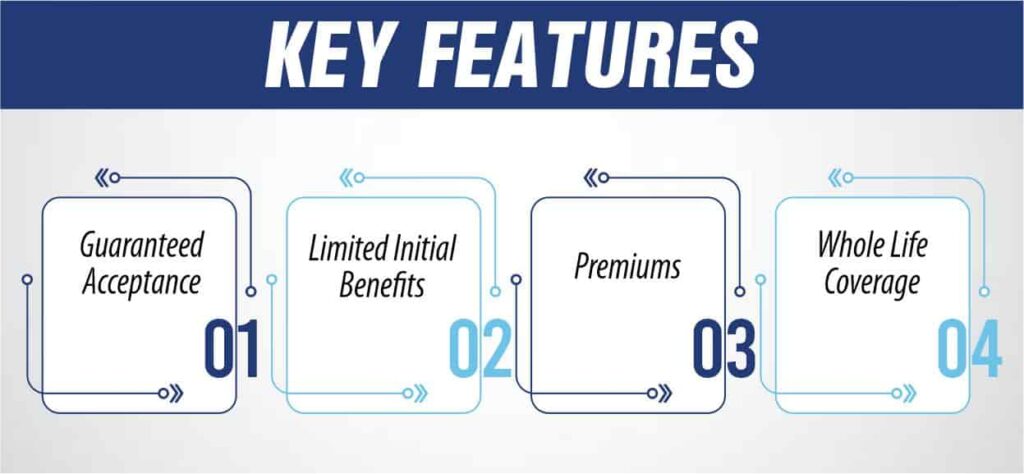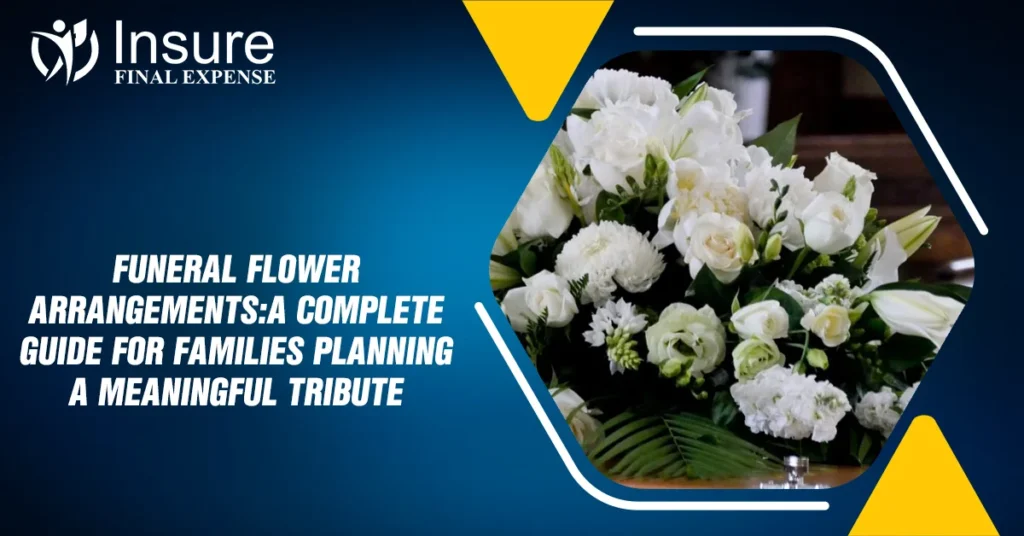Are there several problems you may have to consider in getting life insurance, especially your health condition? Many people face this challenge but don’t worry, we come up with a solution: a graded death benefit life insurance policy. This kind of policy provides another method of getting the insurance you want even if you get the feeling that regular term life insurance is impossible for you.
In this guide, we will discuss what a Graded Death Benefit life insurance policy is, how it operates, and who can get this type of policy. We will also talk about its important features, benefits and drawbacks, and other options for your better understanding.
What is a Graded Death Benefit Life Insurance Policy?
A type of whole life insurance, a Graded Death Benefit life insurance policy, caters to people who can’t obtain coverage under a standard life insurance plan because of illness. This is unlike any other regular policy whereby the policyholder receives little to no benefits in the initial years of the policy coverage. The benefits then accumulate over time to the full amount over certain convenient durability of the plan, which can range between two to three years.

Key Features
Guaranteed Acceptance
It ensures that you meet the coverage requirements without even going through a medical examination. However, it is suitable for people who have pre-existing conditions or any other health concerns.
Limited Initial Benefits
At the start of the policy, there is a specified waiting period where the policy provides limited benefits. After these years, the full death benefit becomes permissible.
Get Free Quotes
Customized Options Await
Premiums
Premiums are known and predetermined, ensuring the premium’s cost will not change with time. It will be easier to plan how to spend money for future expenditures, thus making it easier for you to set a budget for your expenses.
Whole Life Coverage
It lasts as long as you are alive and you pay the premium regularly of your chosen policy. Getting lifelong financial security and freedom from risk is the ultimate benefit of insurance.
How Does Graded Death Benefit Life Insurance Policy Work?
Graded death benefit whole life insurance works differently from traditional life insurance policies. If the policyholder dies from illness, disease, or old age within a few years of purchasing the policy, the beneficiaries won’t receive the full death benefit. However, if death results from an accident, such as a fall or car crash, the full payout exception may apply.
Key Points:
- Initial Period Limitations: During the first few years, the policy does not provide the full death benefit for deaths caused by natural reasons.
- Accidental Death: Full death benefits may be paid out if the death is accidental.
- Payment Schedule: The payout depends on a schedule based on when the policy was purchased. For instance, premiums paid plus interest may be refunded in the first year, followed by a percentage payout in subsequent years.
- Full Benefits After Waiting Period: Typically, after three years, the policy will pay the full death benefit regardless of the cause of death.
- No Immediate Full Payout: Unlike regular term or whole life insurance, which provides a 100% payout immediately upon the policyholder’s death, graded death benefit policies have a waiting period.
Pros and Cons of Graded Death Benefit Life Insurance Policy
- Pros:
Easy Qualification: This policy is very flexible so that anybody can enroll and does not have to pass a medical exam because of age or other pre-existing medical complications.
No Medical Exam: Currently there are no requirements for any medical check-up to undergo before being granted a policy, making the process easier and faster.
Quick and Convenient Application: Claims settlements are normally quick and easy especially because they allow policyholders to secure coverage quickly.
Predictable Premiums: Premiums are pre-determined and known well in advance hence budgets can be easily prepared for the longer-term financial planning.
Peace of Mind: It gives an assurance that you have a policy which can cover you even though you have any severe disease and have been declined by other life insurance policies.
- Cons:
High Cost: The regular life insurance policies come at a relatively lower premium as compared to the guaranteed issue life insurance.
Limited Payouts: These benefits of graded death benefit life insurance policy are generally not as substantial as the ‘regular’ death benefits and typically cap at around $25,000. So, it might not meet the needs of those relying on it.
Graded Death Benefits: When you take up any policy, the benefits are graded, meaning the full benefits only become available after a waiting period of maybe 2 to 3 years.
Lower Return on Investment: Besides the high premium rates and low claim quantities, there could be better cost-effective options available out there.
Restricted Availability: The issuer may set an age limit, below which they will not issue the policy to an applicant. Many of these policies cover applicants aged between 50 and 85 years.
Who Should Consider a Graded Death Benefit Life Insurance Policy?
Graded death benefit life insurance plans are more costly and less flexible as compared to the other life insurance policies available. However, these policies can be appropriate in some situations like:
Older Adults
For people who are 70 and 80 years old, the graded death benefit policies for any type of life insurance policies are easier to qualify. These policies are available for different ages, and many companies sell them to individuals up to the age of 80 or 85.
Individuals with Serious Health Conditions
If you are a man over fifty-five, having a serious health condition like heart disease or diabetes or a woman over forty-five with similar health problems, a graded death benefit policy will offer coverage in situations where other life insurance solutions cannot be bought.
People Needing to Cover Funeral Costs
In the graded death benefit policy, there is a possibility of receiving some amount of money to popular funeral costs if it’s a priority to you and your loved ones. But, consult with a life insurance agent to know whether you are eligible for a final expense policy that pays you the money right away to give you optimum protection from the beginning.
Requisites for Buying a Graded Life Death Benefit Insurance Policy
Graded life insurance typically has some requirements compared to other types of policies, making it accessible to many individuals. These are:
- Sound Mind: Those who intend to apply should be able to perform all the necessary processes required in the application intellectually. Individuals experiencing certain conditions such as Alzheimer’s or dementia may not be accepted.
- US-Based Bank Account: Generally, a US banking account is necessary for premium payments.
- Residency Status: Some insurers may need the applicant to be a holder of US citizenship or live in the US legally like a green card holder whereas other insurers only mandate that applicants live in the US.
- Additional Health Questions for Final Expense Policies: When applying for a simplified issue final expense policy with a graded death benefit, applicants will need to answer one or two additional questions regarding their health, unlike with guaranteed issue policies.
Conclusion
While wrapping up we would say that a graded death benefit life insurance policy offers a practical solution for persons who are suffering from diseases or conditions which make it impossible for them to get a standard life insurance policy. Although this policy costs more than others, and the payout is comparatively low, it still provides excellent coverage for the policyholder and their family.
Frequently Asked Questions
Graded premiums are comparatively lower at the start of the policy and rise with increased age, while level premiums remain constant over the life of the policy. So, level premiums are more advantageous for most people to contribute, if there are no expecting to retire early or incredible change in income.
Your family or another beneficiary receives a death benefit, the amount of money given after your death when you have an active life insurance policy. This cash can be tax-free and can be paid to the insured at once or in several payments depending on the insurer’s policy.
For instance, in the case of a $50,000 graded death benefit policy, the face amount will be lower at the start, $10,000 in the first year. It then increases gradually over the years until it can provide the required coverage of $50, 000 which is the quantity specified in the policy.






